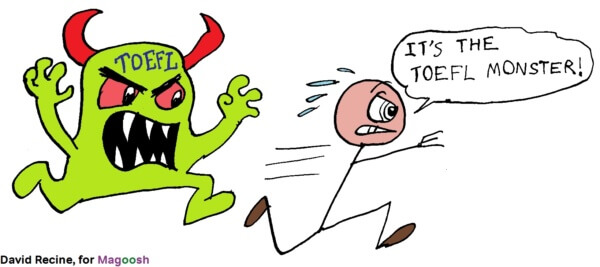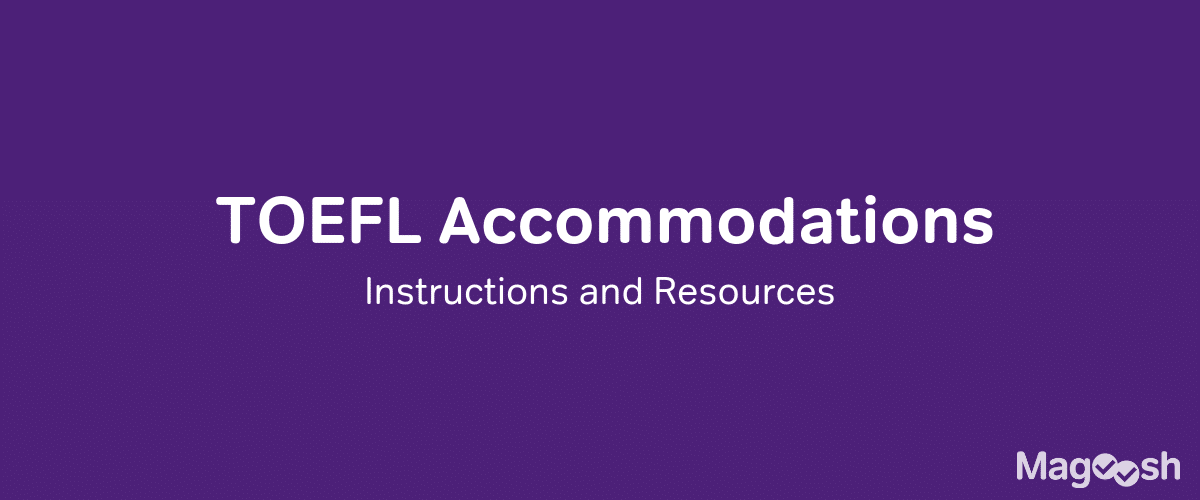
If you teach the TOEFL (or other standardized tests), you know that test anxiety can be a big problem. Today, we’ll look at ways to reduce test anxiety for your students.
Reduce test-anxiety by de-mystifying mistakes
When students make mistakes in English, they often have a swift and bad reaction to their mistakes. This is understandable. When we do the wrong thing, our first instinct is to feel embarrassed and try to quickly move on. But when it comes to mastering the TOEFL, students should actually dwell on their mistakes… in a healthy way, of course.
As a teacher, you need to help your students understand that mistakes are not made at random. In fact, there are a number of clear and common causes for the mistakes that TOEFL students make. Some mistakes happen because ESL students incorrectly apply the rules of their first language to their second language. Other mistakes happen due to cultural misunderstandings. Students may understand the words they hear, but miss the cultural context. And some mistakes happen simply because a task is hard. Giving a lengthy speech or writing an essay are two activities where mistakes in organization and delivery are easy to make. (You can go to my previous post for more advice on helping your students understand their mistakes.)
Reduce test anxiety by teaching your students TOEFL rules and structure
For the multiple-choice portion of the TOEFL, help students understand the Listening and Reading Question types. Explain what kinds of language skills the different question types assess. Vocabulary questions, for instance, assess both vocabulary knowledge and context-based reading comprehension. Prose summary questions test a student’s ability to paraphrase in English and to recognize the major themes in a piece of reading. Attitude questions require a student to pick up on a speaker’s tone of voice and the connotation of what they’re saying.
For the “productive skills” on the TOEFL– Speaking and Writing– you also should teach students about the structure of each question. Help them understand the differences between Independent and Integrated tasks. Explain the various skills that are assessed in each Speaking Task, skills such as talking about personal experiences, building an argument, verbally responding to passages and audio tracks, etc…. And above all, show the students the official Speaking rubrics and Writing score guides for the TOEFL. The TOEFL is a lot less mysterious and scary when students can see that there are clear rules for getting a top score.





